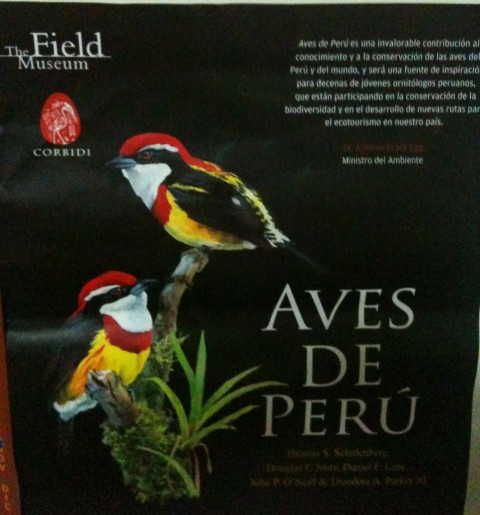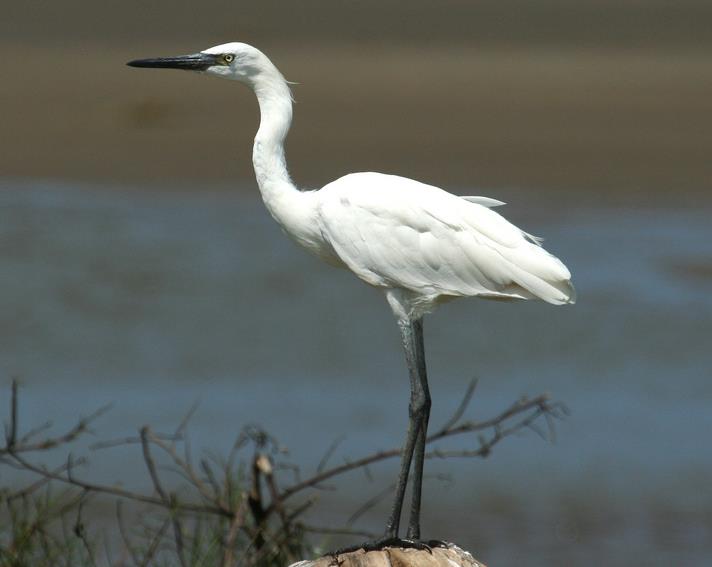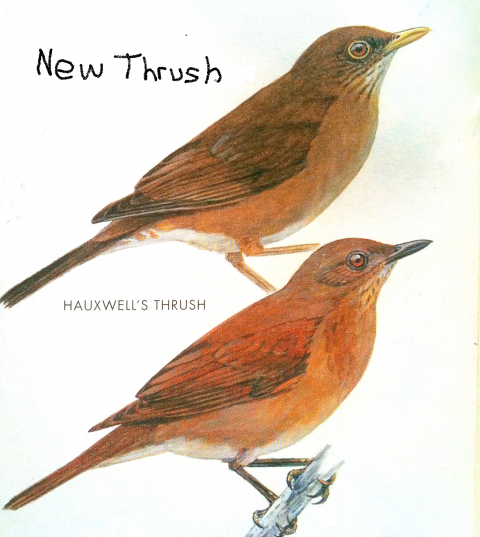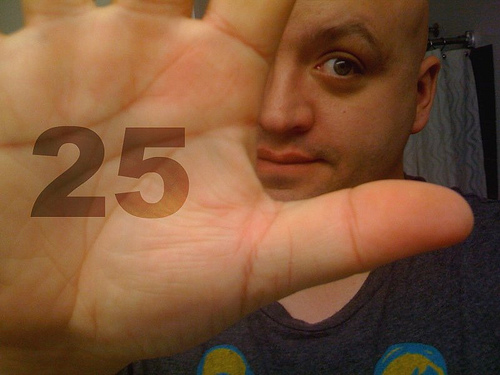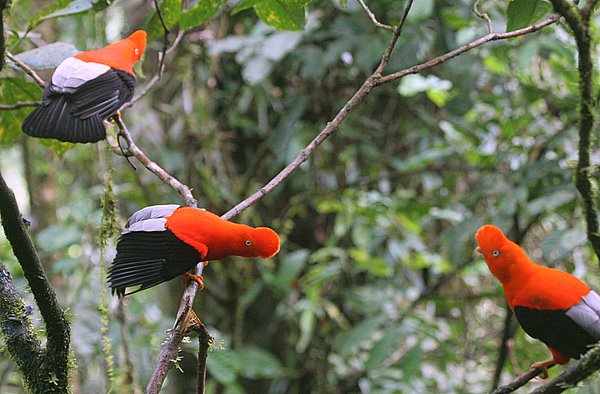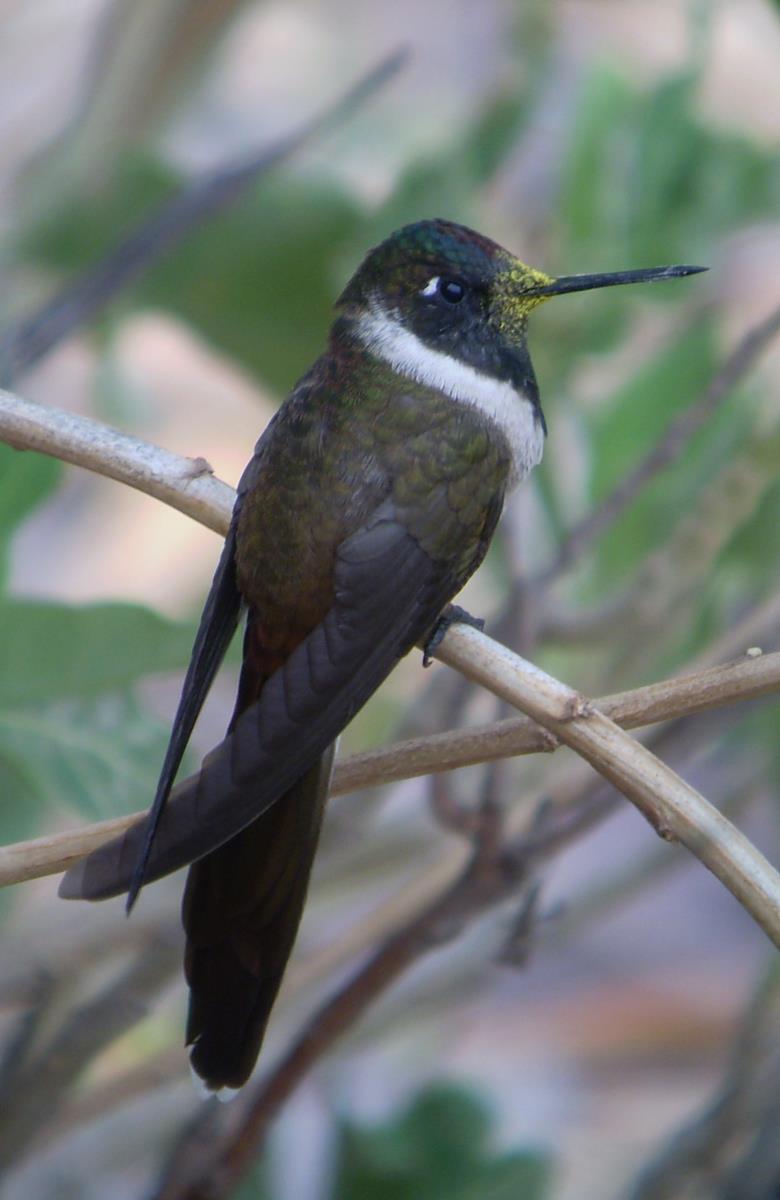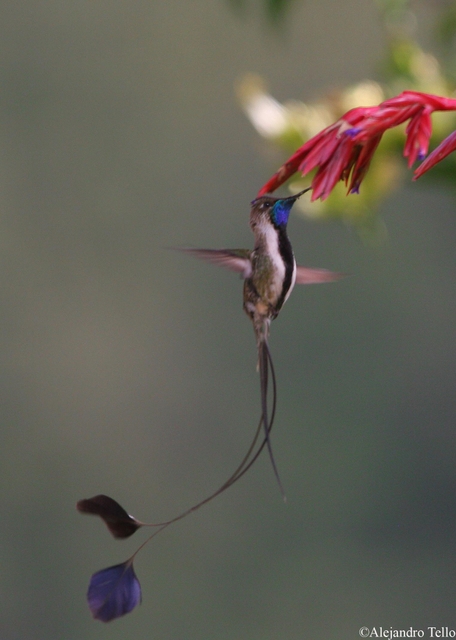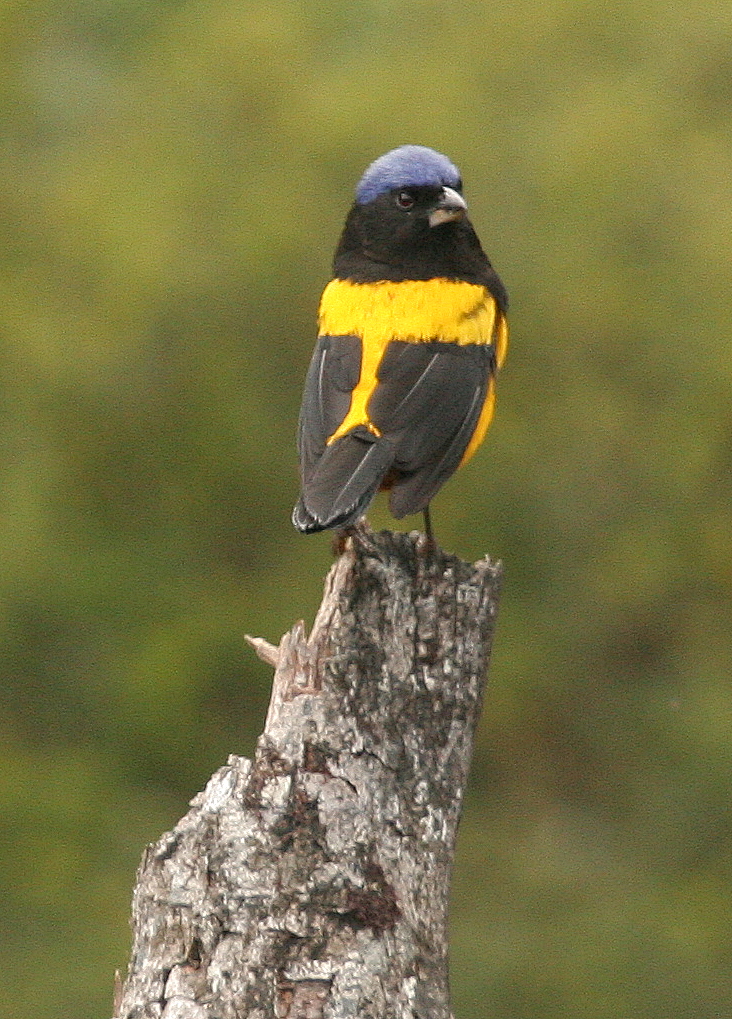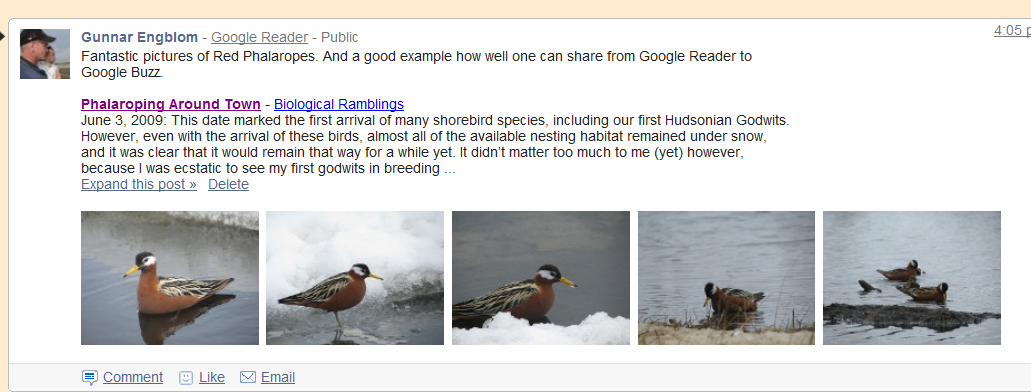- RT @superbloggers: @GuyKawasaki has just tweeted his 50000th tweet. Holy Kaw! #
- RT @superbloggers: Mr Kawasaki's 50000th tweet. RT @GuyKawasaki: Clothes folding robot https://tr.im/Uwtb #
- How things ought to be done https://bit.ly/csFzW3 #
- RT @jonathanfields How Often Should I Post to my Blog? | Jonathan Fields https://bit.ly/8YWnmB #
- Interested in Blogging and Social Media? I've set up a new Twitter account called @superbloggers. Check it out! #
- Appreciation for “regular suspects” https://bit.ly/btWwoC #
- First Ever Photograph Confirms Colombian Hummingbird https://bit.ly/bFJb6g #
- Juan Jose Chalco now full time employed as guide and office birding coordinator https://bit.ly/cVep34 #
- Easter in Saugerties https://bit.ly/azKDt6 #
- RT @tavistorer: RT @bbcscitech For thousands of Swedes the Easter weekend meant a trip to Lake Hornborga … https://bit.ly/dAhWhA #
- Bell Tower Birding: Spring – sprang – sproing, and what the f…lower?: Spring is upon us here in Heidelberg and t… https://bit.ly/9IpNJh #
- Blatant self-promotion https://bit.ly/bJjtcX #
- Mimics learn from other birds https://bit.ly/aSlfaQ #
- Threatened Species – A novella and five storiesPaperback: Threatened Species – A novella and five storiesPaperback… https://bit.ly/9qwYfY #
- Njabini Woolshop: how good are these! https://bit.ly/bvTMI3 #
- What is the best way to upload pictures from Flickr to Facebook? Any tips? #
- Peruvian Friday by John Riutta. Amarakaeri Communal Reserve https://bit.ly/a1g1ah #
- Six ways Gmail revolutionized e-mail https://bit.ly/b2bONz #
- Birding Seventh Heaven… Septimo Paraiso https://bit.ly/979Yp1 #
- The blog post about the Kolibri staff has been updated! https://bit.ly/anEHfu #
- Some Early Spring Moths https://bit.ly/c8iywj #
- Endangered hummingbird photographed for the first time https://bit.ly/akKLxb #
- Best Bird Leads Flock https://bit.ly/dwnRsy #
- Ipad for birders https://bit.ly/cPBu3N #birding #ipad #
- RT @chrisbrogan How Ben Folds Sold an Album via Chatroulette https://bit.ly/ar3uuU #
- Where Are You Birding This Second Weekend of April 2010? https://bit.ly/bvcaXZ #
- International Migratory Bird Day Missisquoi at National Wildlife Refuge in Vermont with @BirdDiva May 22 https://bit.ly/9aTZku #
- Still need a phone anyway! Thanks for RT @NearbyNature: https://bit.ly/cPBu3N But size matters – small is better in the field. #
- 5 reasons why the iPad will be useful for birders https://bit.ly/cPBu3N #iPad #
- Dirtbags Arrested, Birds Released https://bit.ly/dcXXn7 #
- RT @bjornsallarp: New Blog Post: IPhone OS 4 – Multitasking, improved mail and more! https://ow.ly/1717dd #
- Try this: Google iPad for birders. BIG GRIN!!! #
- Brown Jay twitch in San Antonio by @DawnFine https://bit.ly/bD1jwA #
- Here is Merton the original chatroulette pianist free style improviser https://bit.ly/aoOTCB #
- Thansks for RT @NearbyNature @rachelbirder RT @DawnFine of @kolibrix 5 reasons why the iPad will be useful for birders https://bit.ly/aIZ4Uw #
- I like @NearbyNature 's summery of the Noah project & the photo of a cute Possum https://bit.ly/bkP0Dm 1st time I hear of this great project #
- I posted 3 photos on Facebook in the album "Juan Chalco Pics" https://bit.ly/daE9TU #
- Tougher Laws Needed To Protect Threatened Species | Voxyconz: New Zealand urgently needs tough, new conservation l… https://bit.ly/cbNbkz #
- Love those Killdeer and Tree Swallow shots @Rachelbirder https://bit.ly/bEBFM3 #
- Saving Tourists from Foaming at the Mouth https://bit.ly/apG8ky #
- Peacock Butterfly https://bit.ly/9r9G7E #
- I posted 5 photos on Facebook in the album "Juan Chalco Pics" https://bit.ly/daE9TU #
- Self portraits are not easy with the iPhone. Anahi will be crawling any day now. https://yfrog.com/bhnsfj #
- Peru Friday – Sage Grouse to Seedsnipes https://bit.ly/bJaKe3 #
- RT @avesinfo: Free bird surveys now available for every UK farmer: A pioneering project to survey farmland birds https://bit.ly/ctRIHu #
- Shoudl be illegal really RT @AudubonCA: Earth Day tip for birds #9: cut up plastic 6-pack rings. Cause death of marine birds. #
- Birds Curb Global Warming? https://bit.ly/9ijOO7 #
- RT @AKbirder: My favorite kid question during one of my owl programs: "If your great horned owl fought a Tyrannosaurus Rex, who would win?" #
- Spoon-billed Sandpiper painting give-away! https://bit.ly/cjhQnr #
- RT @rachelbirder: Great White Sharks could B hunting giant squid https://bit.ly/dzLzhq #
- RT @johnhaydon How to update your Facebook Page from your cell phone https://bit.ly/bY9yYJ #
- #followfriday If you are interested in blogging and socialmedia in general consider following @superbloggers #blogging #socialmedia #
- Thanks for #FF @WriterAM You are always so kind. https://bit.ly/cgT8yA #
- As you may have noticed Juan Jose Chalco has been uploading some pics on this page. We shall try to upload… https://bit.ly/b7sb95 #
- As you may have noticed Juan Jose Chalco has been uploading some pics on this page. We shall try to upload… https://bit.ly/cQc1fw #
- Thanks for the RT Bill @Billtacular It's an automatic RSS feed of status updates to our Facebook page https://bit.ly/cQc1fw which works great #
- I posted 5 photos on Facebook in the album "Juan Chalco Pics N" https://bit.ly/axCy2g #
- RT @Radley521 Peru Friday – Sage Grouse to Seedsnipes https://bit.ly/bJaKe3 Now ain't that a great post and a great title? #
- Multiple sclerosis 'reversed' with stem cell therapy – health – 30 January 2009 – New Scientist: https://bit.ly/diI2g via @addthis #
- The Trouble with Celibacy. In Africa, many priests have little use for Rome's chastity mandate. https://bit.ly/9A0eTw via Newsweek #
- These are 16 great people to follow because they retweet often https://bit.ly/btPLaL #followfriday More next week and many thanks! #
- Spring in Manhattan https://bit.ly/axBjd7 #
- RT @LadyWoodpecker: Another shot of the Cooper's Hawk: https://twitpic.com/1ehj5s #hawk #nature #photo #
- Dreaming of Peru. Here is a post from Radd Icenoggle. https://bit.ly/b4e8F9 #
- Dawn sky over Great Chalfield https://bit.ly/bH99NQ #
- Gunnar just started a page community. A new feature on Facebook. Eventually, this community will be auto-moderated… https://bit.ly/coV83u #
- Twitter Weekly Updates for 2010-04-11 https://bit.ly/9SRwRM #
- Review: Birding Ethiopia https://bit.ly/ae0wRu #
- IUCN – 2008 IUCN Red List of Threatened Species: Científicos proponen un barómetro para la biodiversidad. 08 April… https://bit.ly/c7YDYO #
- Social Media Facebook Community Page featuring @JohnHaydon and @Problogger any many more https://bit.ly/dhbnTY #socialmedia #
Powered by Twitter Tools


